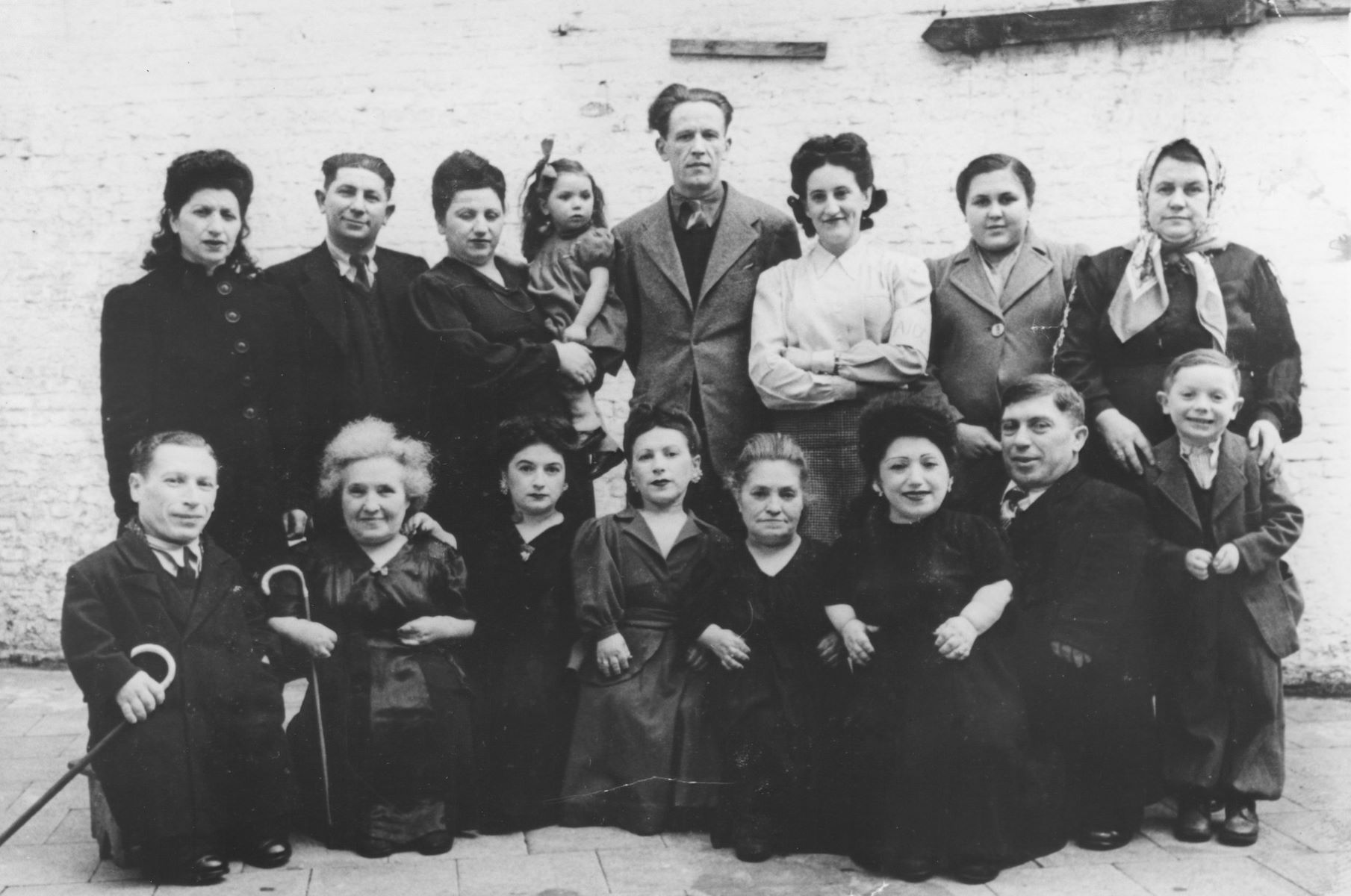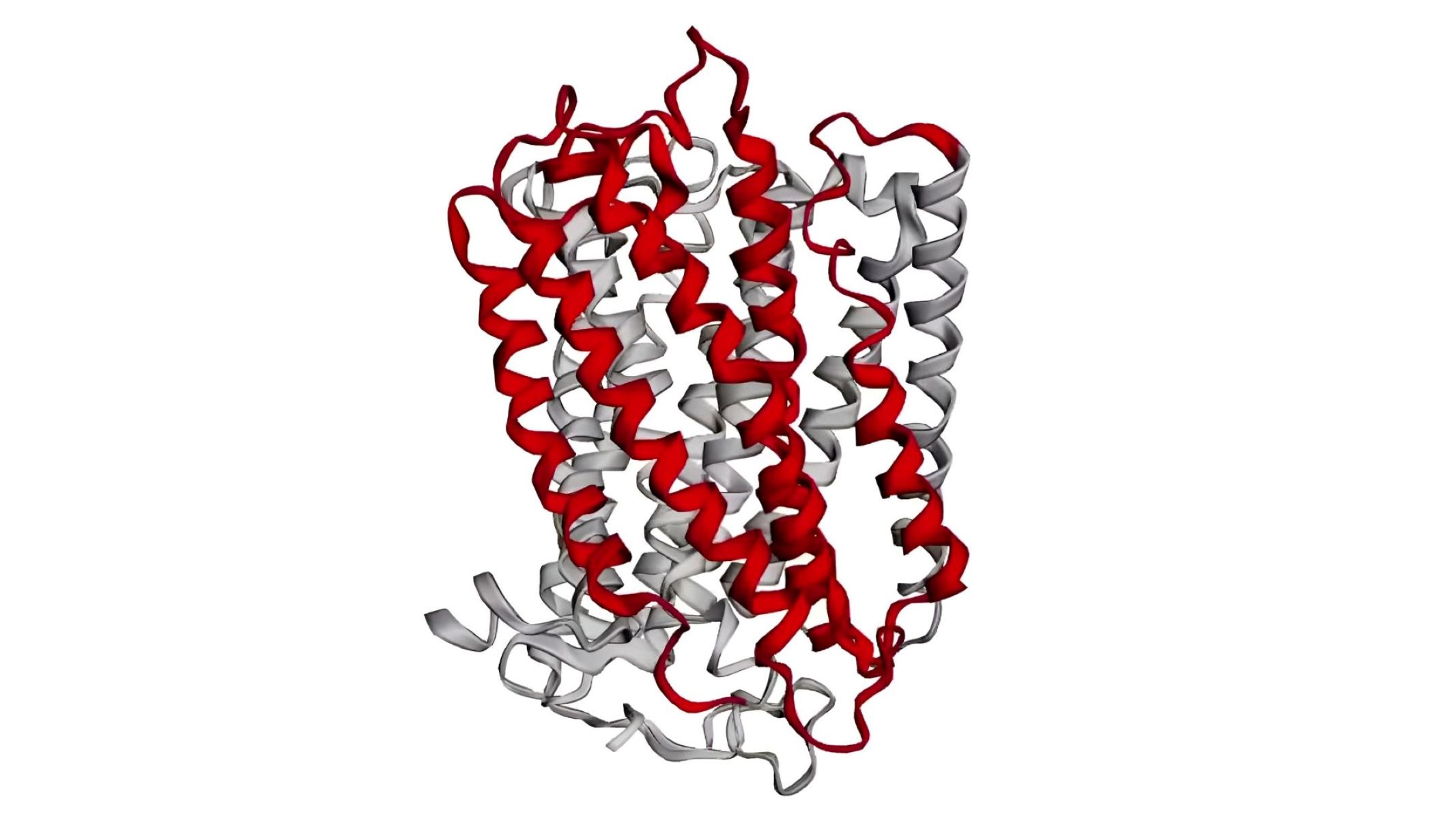
Who were the Branch Davidians? The Branch Davidians were a religious group that emerged from a schism in the Davidian movement, itself an offshoot of the Seventh-day Adventist Church. Founded by Victor Houteff in the 1930s, the group later came under the leadership of David Koresh in the 1980s. Known for their apocalyptic beliefs and communal living, the Branch Davidians gained international attention during the 1993 Waco siege in Texas. This tragic event involved a 51-day standoff with federal agents, resulting in a deadly fire. The group's complex history and controversial practices continue to spark curiosity and debate. Understanding their origins, beliefs, and the Waco incident provides insight into one of America's most infamous religious sects.
Key Takeaways:
- The Branch Davidians, a religious group with a complex history, emerged from splits within the Seventh-day Adventist Church. Their beliefs, practices, and the infamous Waco siege have left a lasting impact on American society.
- Despite the tragic Waco siege, the modern Branch Davidians continue to practice their faith in a much-reduced form, focusing on peaceful religious practices and maintaining their beliefs in the imminent return of Jesus Christ.
Origins of the Branch Davidians
The Branch Davidians are a religious group with a complex history. They emerged from a series of splits within the Seventh-day Adventist Church.
- The Branch Davidians originated in 1955 after a split from the Davidian movement, which itself broke away from the Seventh-day Adventist Church in the 1930s.
- Victor Houteff, a Bulgarian immigrant, founded the Davidian movement in 1930, emphasizing the imminent return of Jesus Christ.
- After Houteff's death in 1955, his widow Florence Houteff led the group until a failed prophecy in 1959 caused further fragmentation.
- Benjamin Roden, a follower of Houteff, claimed to be the new leader and established the Branch Davidians.
- The name "Branch Davidians" comes from Roden's belief that he was a successor in the line of King David.
Beliefs and Practices
The Branch Davidians have unique beliefs that set them apart from mainstream Christianity. Their doctrines are a blend of Adventist teachings and their own interpretations.
- They believe in the imminent return of Jesus Christ and the establishment of a divine kingdom on Earth.
- The group practices communal living, sharing resources and responsibilities among members.
- They observe the Sabbath on Saturday, following the tradition of the Seventh-day Adventist Church.
- Dietary laws similar to those in the Old Testament are followed, including abstaining from pork and shellfish.
- The Branch Davidians emphasize the importance of prophecy and believe their leaders receive divine revelations.
David Koresh's Leadership
David Koresh, born Vernon Wayne Howell, became the most infamous leader of the Branch Davidians. His tenure brought significant changes and controversies.
- Koresh joined the Branch Davidians in 1981 and quickly rose to a leadership position.
- He claimed to be the final prophet and the "Lamb of God" mentioned in the Book of Revelation.
- Koresh changed his name from Vernon Howell to David Koresh in 1990, symbolizing his new spiritual identity.
- Under Koresh's leadership, the group stockpiled weapons, believing they needed to defend themselves in an apocalyptic battle.
- Koresh's teachings included the belief that he was the only one who could interpret the Bible correctly.
The Waco Siege
The Waco siege is the most well-known event associated with the Branch Davidians. It was a tragic confrontation between the group and federal authorities.
- The siege began on February 28, 1993, when the Bureau of Alcohol, Tobacco, and Firearms (ATF) attempted to execute a search warrant at the group's compound.
- A gunfight erupted during the initial raid, resulting in the deaths of four ATF agents and six Branch Davidians.
- The FBI took over the operation, leading to a 51-day standoff.
- Negotiations between the FBI and Koresh were tense, with Koresh promising to surrender multiple times but never following through.
- The siege ended on April 19, 1993, when the FBI launched a final assault, resulting in a fire that killed 76 Branch Davidians, including Koresh.
Aftermath and Legacy
The Waco siege had a lasting impact on American society and the perception of the Branch Davidians. It also influenced future government actions.
- The Waco siege led to widespread criticism of the federal government's handling of the situation.
- Conspiracy theories about the government's role in the fire and the deaths of the Branch Davidians emerged.
- Survivors of the siege have continued to practice their faith, though the group is much smaller today.
- The Waco siege influenced the Oklahoma City bombing in 1995, with bomber Timothy McVeigh citing it as a motivation.
- The event has been the subject of numerous documentaries, books, and films, keeping the memory of the Branch Davidians alive.
Modern Branch Davidians
Despite the tragedy, the Branch Davidians still exist today, though in a much-reduced form. They continue to practice their faith and maintain their beliefs.
- The group is now led by Charles Pace, who claims to be the rightful successor to David Koresh.
- They still reside near the original Waco compound, now called Mount Carmel Center.
- Modern Branch Davidians focus on peaceful religious practices and avoid the militant stance of the past.
- They continue to believe in the imminent return of Jesus Christ and the establishment of a divine kingdom.
- The group maintains a website to share their beliefs and history with the public.
Cultural Impact
The Branch Davidians have left a significant mark on popular culture, influencing various forms of media and public perception.
- The Waco siege has been depicted in TV shows, movies, and documentaries, such as the 2018 miniseries "Waco."
- The group's story has been referenced in songs by artists like Marilyn Manson and Megadeth.
- The term "Waco" has become synonymous with government overreach and the dangers of religious extremism.
- The Branch Davidians' story has sparked discussions about religious freedom and the limits of government intervention.
- The legacy of the Branch Davidians serves as a cautionary tale about the potential consequences of extreme beliefs and actions.
Final Thoughts on Branch Davidians
Understanding the Branch Davidians sheds light on a complex and often misunderstood group. Their origins trace back to the Seventh-day Adventist Church, evolving into a distinct sect under David Koresh. The tragic events of the Waco Siege in 1993 left a lasting impact on public perception. However, it's crucial to remember the group's beliefs and practices were deeply rooted in their interpretation of the Bible.
The Branch Davidians' story is a reminder of the power of faith and the potential for both unity and division within religious movements. While their history is marked by controversy, it also offers valuable lessons about leadership, belief, and the consequences of extremism. By examining their journey, we gain a better understanding of the delicate balance between faith and fanaticism.
Frequently Asked Questions
Was this page helpful?
Our commitment to delivering trustworthy and engaging content is at the heart of what we do. Each fact on our site is contributed by real users like you, bringing a wealth of diverse insights and information. To ensure the highest standards of accuracy and reliability, our dedicated editors meticulously review each submission. This process guarantees that the facts we share are not only fascinating but also credible. Trust in our commitment to quality and authenticity as you explore and learn with us.


